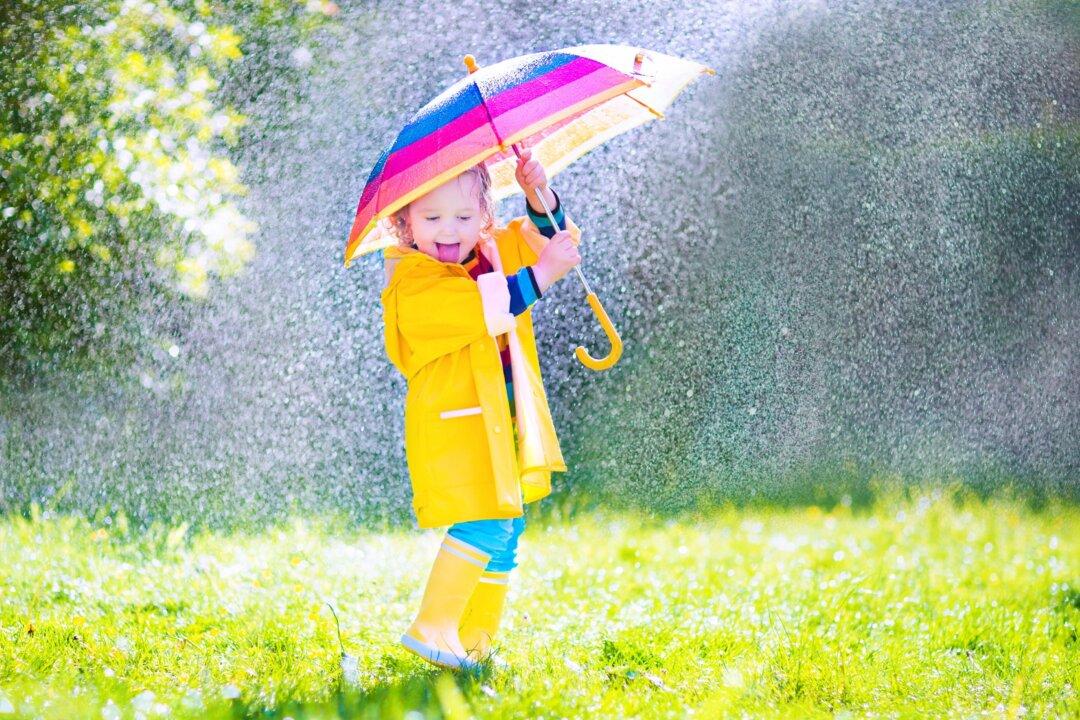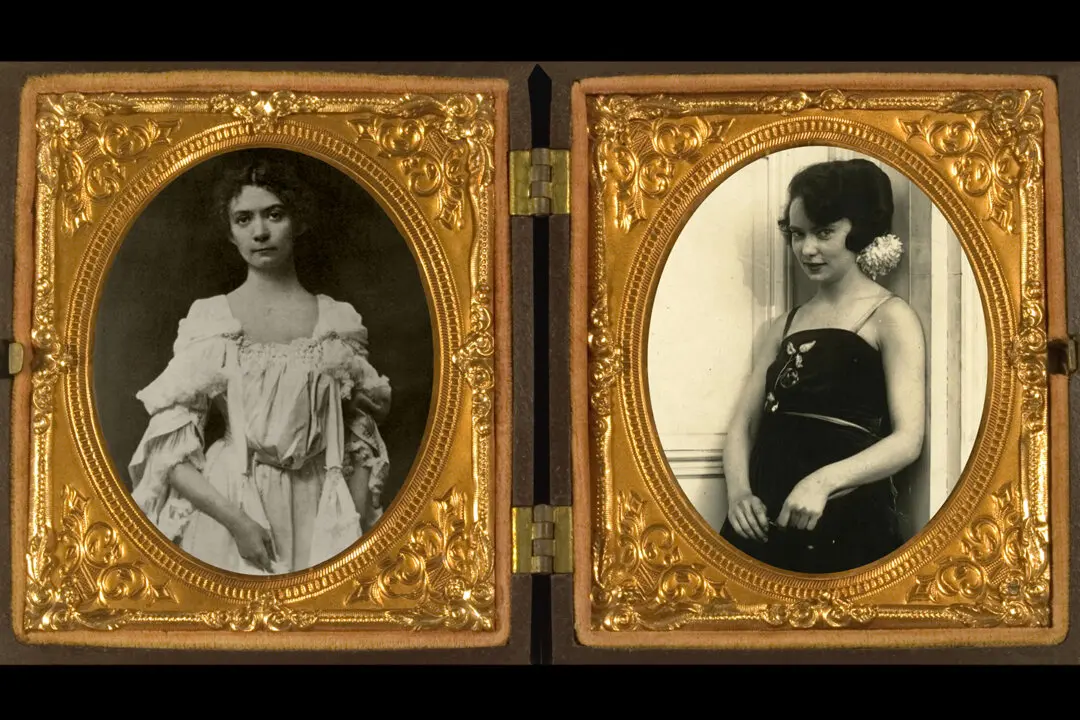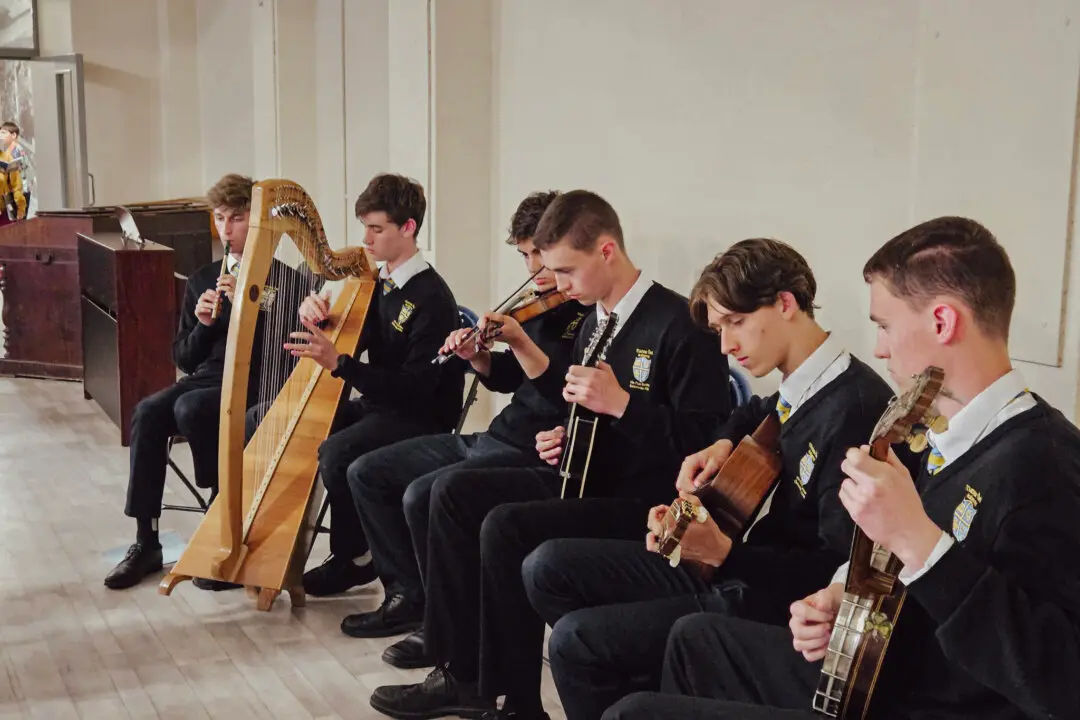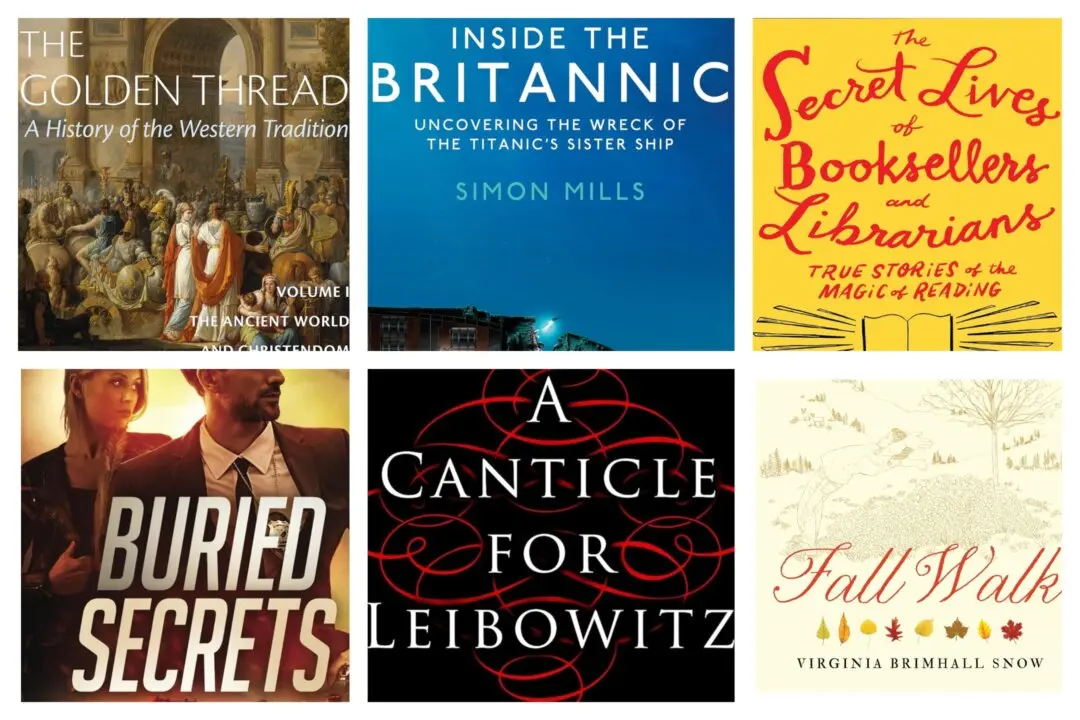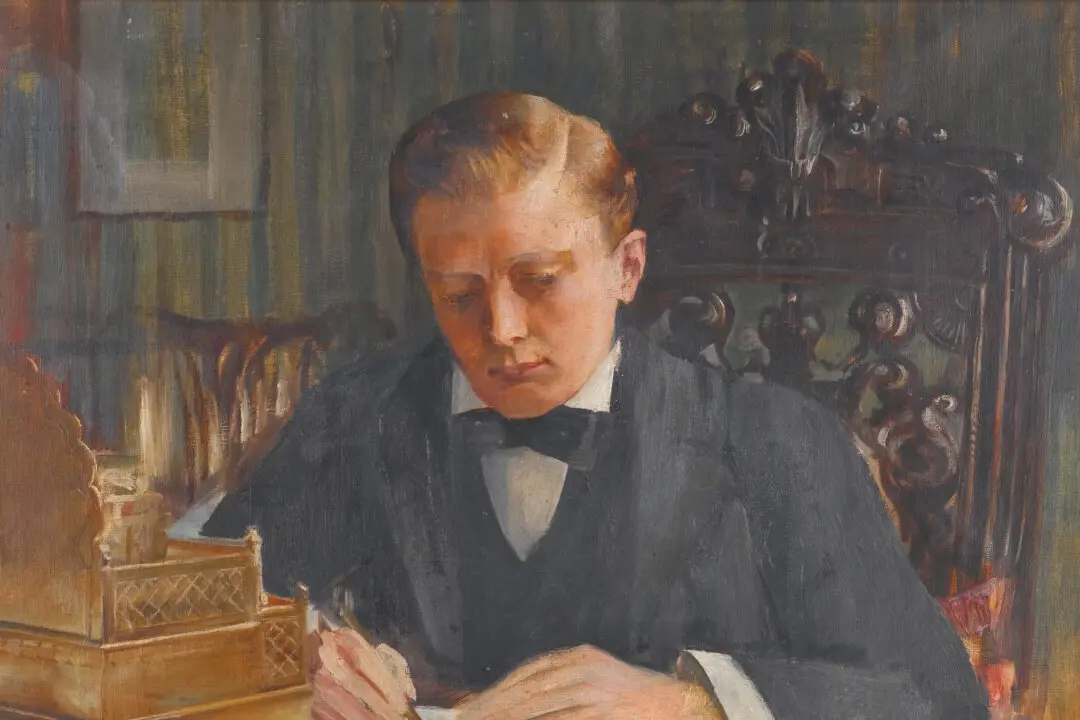Spring is the unlocking time, the greening of fields, forests, and lawns, the season of mud puddles, sunshine, and gentle rains when the last hard edges of winter melt away and the days are soft again.
Spring figures in several Western religions. To the ancient Greeks, the season meant the release of Persephone, goddess of spring, from the underworld, allowing her to cross the earth strewing garlands and seeds, and bringing the land to life again. Jews occasionally refer to Passover as a spring festival, a time of new beginnings. For Christians, spring brings Easter and resurrection.

